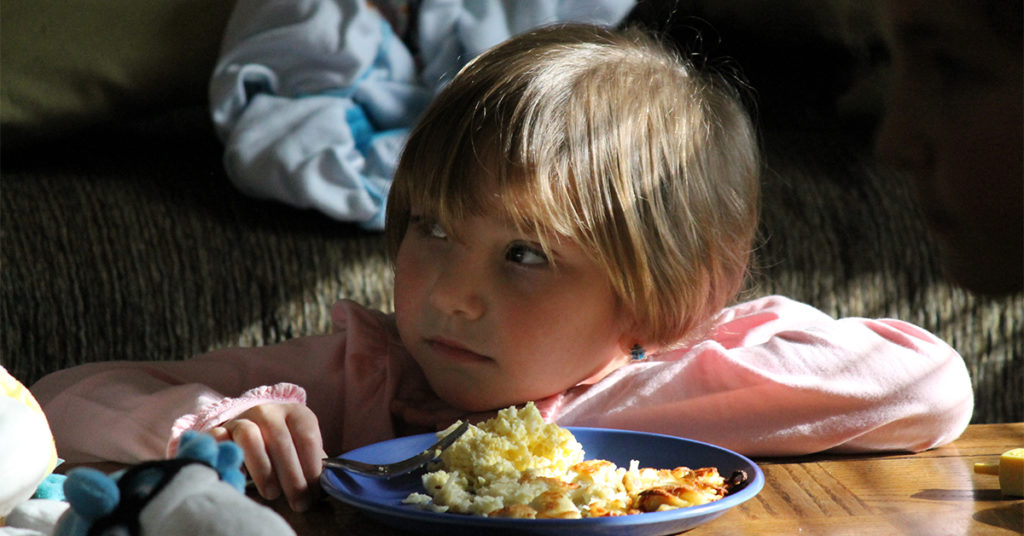
One evening, almost exactly four years ago, I went out to dinner alone with my nine year old daughter, Sammi. Her older sister had religious school from 6pm to 8pm, and sometimes, I couldn’t bear to drive home, cook something, try to get Sammi to eat quickly, and then scoot back out the door again. The local Thai restaurant was easier, and besides, just a month earlier, I’d been left awestruck when Sammi ate an entire plate of pad woon sen in that very booth.
Six months earlier, she’d undergone major cardio-thoracic surgery to move her meandering aorta away from the places where it was smashing her esophagus nearly closed. Before that surgery, an adult portion of any restaurant meal would spoil in the fridge before she could finish the whole thing; she’d sit at a restaurant, fidgeting and chatting, the bite of tofu speared on her fork going cold. Mealtimes were frustrating slogs through her inability to swallow.
Even once the cause had been discovered and her aorta gently moved to the side and sewed to her sternum, eating was still slow and frustrating for her and us. We’d sent her to feeding therapy, a white flag waved at the eight years of labored eating that had conditioned her to chew slowly, fill her belly with water, and avoid the kind of dense food that would help her grow. Over the entire summer, once-per-week therapy over her lunchtime seemed to do little to help her regain the ground she’d lost. I waited for the growth spurt that didn’t come.
Then, one November day at the thai restaurant down the street, I mentally planned for her leftovers to go in her lunch the next day (and the next, and the next), only to look across at the plate of mild glass noodles and vegetables to see it slowly emptying. By the end of the evening, I was so excited that I took a photo of her empty plate and texted to my husband, my mother-in-law, my parents, and several friends. Continue Reading…
by 




 by
by 




